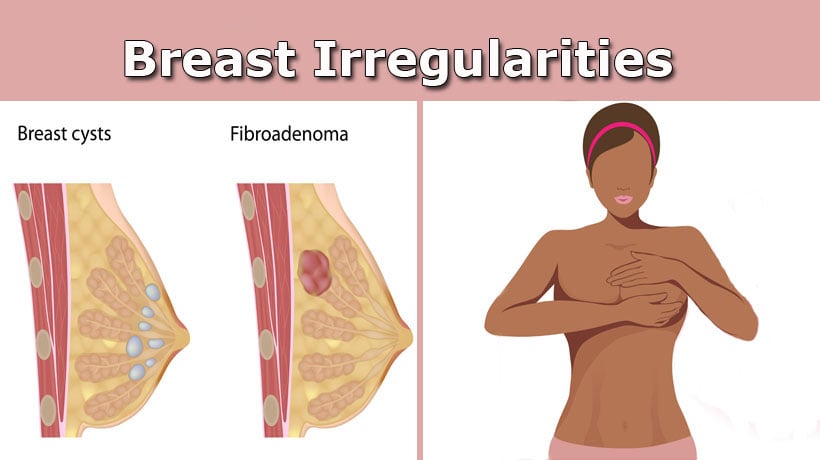There are times when you can find yourself becoming extra observant with your body, especially if a symptom out of the ordinary appears. When it comes to a woman’s breasts, there is never too much concern. A random lump or breast pain can potentially be the beginning of a severe condition.
According to the women’s health website Jean Hailes, the following five symptoms affect the breasts and should be observed with caution. Remember to consult with your doctor if unsure of sudden pain or symptom.
Fibroadenomas (fibrous lump)
This is the term used for benign breast lumps, which are usually not painful. These lumps are smooth and firm to the touch, and consist of fibrous tissue and glands. This condition occurs mostly in women between the ages of 15 and 30. Occasionally, they can appear in older women. Mostly small in size, these lumps can grow as big as a golf ball. They are tender during the days prior to a woman’s period.
Breast cysts
Benign and harmless, cysts can appear and disappear spontaneously. A breast cyst is a fluid-filled sac located within the breast tissue. They vary in size, and mostly occur in women between the ages of 35 and 50. Sometimes, cysts can be recurrent and may require surgical removal if dangerous to the woman’s body, as doctors want to rule out any possibility that the solid areas contain cancer cells.
Benign fibrocystic disease
Thickened breast tissue, along with a presence of cysts, is referred to as benign fibrocystic disease. The breasts appear to be lumpy. Fibrocystic disease is associated with tenderness and pain. The pain fluctuates along with a woman’s menstrual cycle. This is a common cause of noncancerous lumps.
Nipple discharge
This can be any fluid that leaks from a woman’s nipples. Depending on the cause, discharge can be milky, clear, yellow, green, brown, or bloody. The fluid can either be thick and sticky, or thin and watery. Discharge can have a number of benign causes, such as intraductal papilloma, mammary duct ectasia, abscesses, breast infection, excessive breast stimulation, fibrocystic breasts, galactorrhea, hormonal imbalance, injury or trauma to the breast, some medications, or prolactinoma, but also breast cancer. Contact your physician if you notice any sort of discharge, especially if accompanied by a lump.
Mastitis
Otherwise known as inflammation of the breasts, this causes redness, heat, lumpiness, and pain in the breast tissue. It is most commonly caused by an infection during breastfeeding. It can also occur due to blockage of the breast duct. According to JeanHailes.org, treatments include:
- antibiotics for the bacterial infection
- anti-inflammatory medication to relieve inflammation and pain
- continuing to breastfeed or express milk, as draining the breast helps clear the blocked ducts
Sources:
https://jeanhailes.org.au/health-a-z/breast-health/common-breast-conditions
https://www.breastcancer.org/symptoms/benign/cysts



